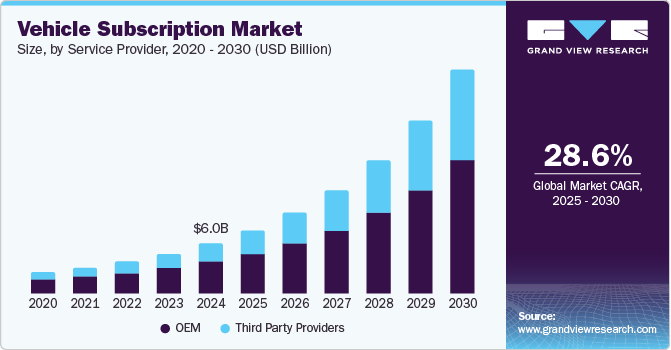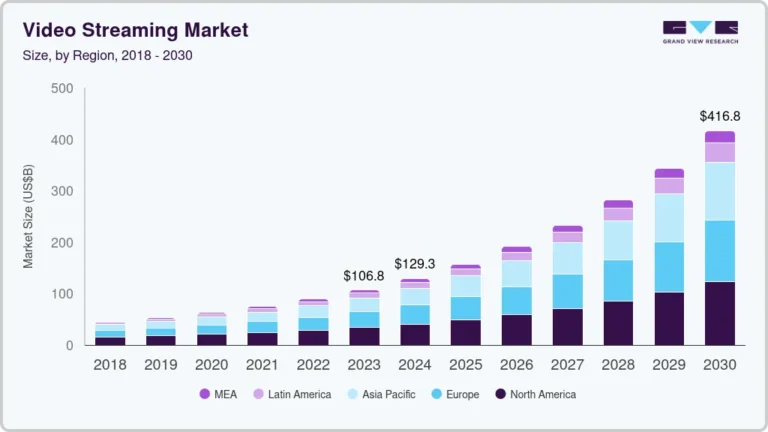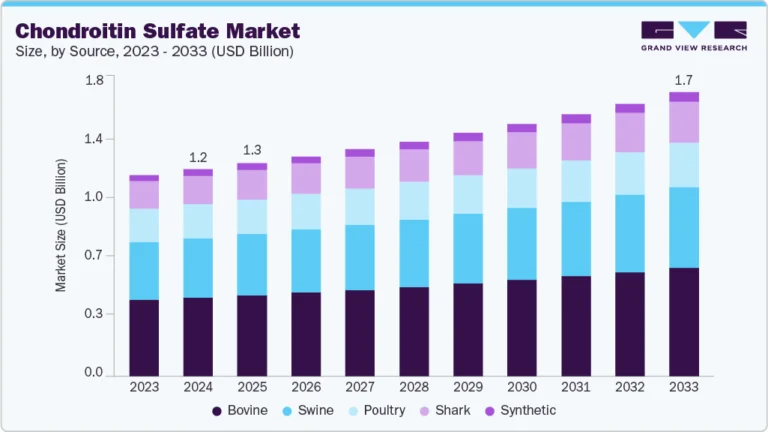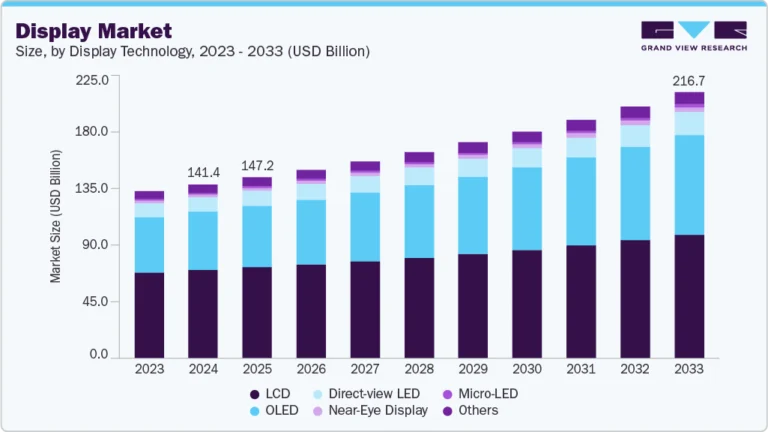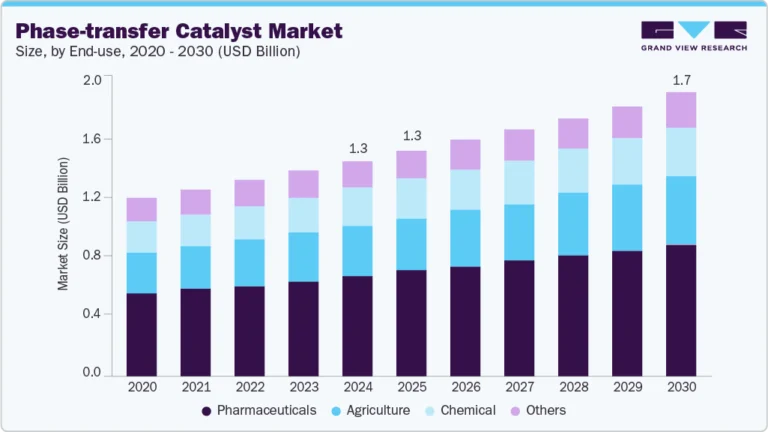Planting Equipment Market Size, Share & Trends Analysis growing at a CAGR of 4.7% from 2025 to 2030
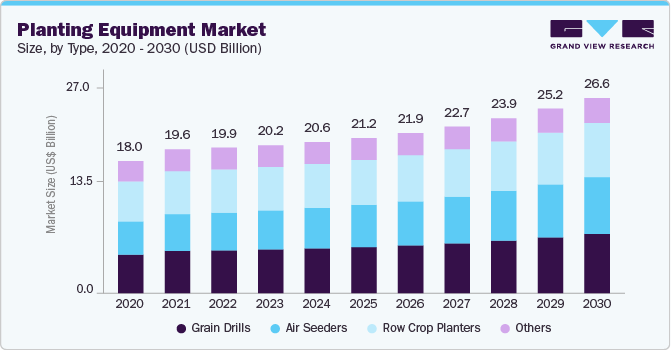
The global planting equipment market size was estimated at USD 20.65 billion in 2024 and is projected to reach USD 26.65 billion by 2030, growing at a CAGR of 4.7% from 2025 to 2030. The growing trend of farm mechanization, particularly in emerging economies, is driving the growth of the industry.
Key Market Trends & Insights
- The planting equipment industry in Asia Pacific held the major share of over 39.0% in 2024.
- North America planting equipment market is expected to grow at a CAGR of 5.2% from 2025 to 2030.
- Based on type, the grain drills segment accounted for the largest revenue share of over 29.0% in 2024.
- Based on design, the automatic segment dominated the market and accounted for the largest revenue share of over 64.0% in 2024.
- Based on crop type, the grains and cereals segment accounted for the largest revenue share in 2024.
Market Size & Forecast
- 2024 Market Size: USD 20.65 Billion
- 2030 Projected Market Size: USD 26.65 Billion
- CAGR (2025-2030): 4.7%
- Asia Pacific: Largest market in 2024
Request a free sample copy or view report summary: https://www.grandviewresearch.com/industry-analysis/planting-equipment-market-report/request/rs1
Countries in Asia, Latin America, and Africa are increasingly adopting modern agricultural machinery to overcome labor shortages, reduce manual errors, and improve farm productivity. Mechanization not only accelerates the planting process but also ensures better seed placement, which leads to improved germination rates and crop uniformity.
Governments in several developing countries are supporting this trend by type subsidies and incentives for the purchase of agricultural machinery, including planting equipment. These efforts are facilitating the modernization of agriculture and fueling the demand for advanced planting solutions.
The rising adoption of precision agriculture technologies, which aim to optimize input use and increase operational efficiency, is driving the adoption of planting equipment. Precision planting equipment, integrated with GPS, IoT, and sensor technologies, allows farmers to plant seeds with high accuracy, minimizing seed wastage and ensuring optimal spacing. These technologies also enable real-time monitoring and data-driven decision-making, which further enhances planting outcomes. With the increasing availability of affordable smart equipment and digital tools, farmers are increasingly turning to precision planting solutions to improve their profit margins and environmental sustainability.
The need for higher agricultural productivity due to shrinking arable land is also contributing to the growth of the planting equipment market. As urbanization and industrial expansion continue to reduce the availability of agricultural land, farmers are under pressure to maximize output from limited areas. Efficient planting equipment helps in achieving this by ensuring timely sowing, uniform seed distribution, and minimal soil disturbance. This, in turn, leads to better crop stands and higher productivity per hectare. The ability of modern planting equipment to work efficiently across various soil designs and terrains also adds to its appeal, making it a preferred choice among large-scale and commercial farmers.

